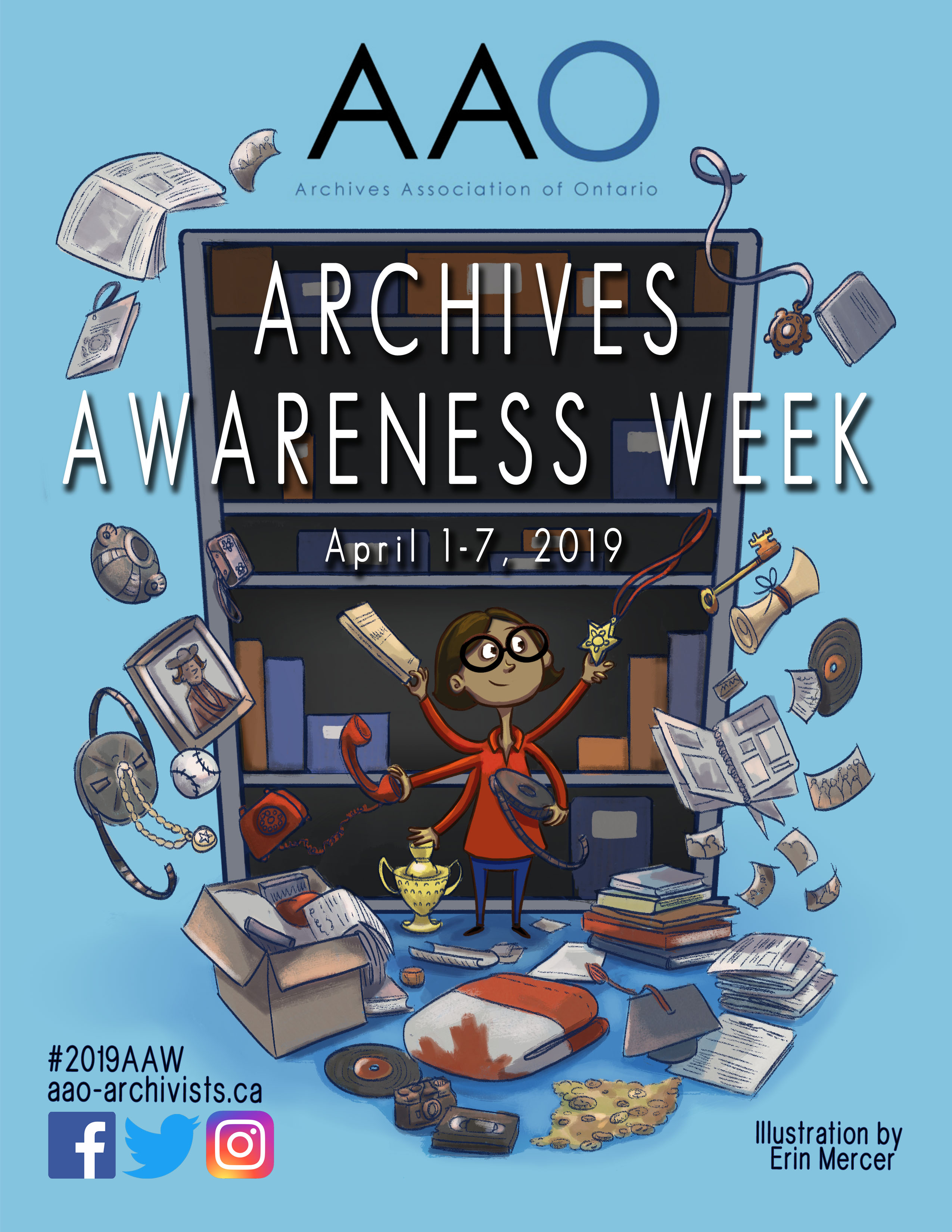Since 1998 Canada has designated April as National Poetry Month “to celebrate poetry and its vital place in Canada’s culture”.
Last April we celebrated this event by sharing some of the poems Cardinal Carter had written and self published in his book The Poems of a Soul Friend.
These remain some of our staff favourites, however Cardinal Carter was not the only poet in the history Archdiocese of Toronto.
 |
| Photograph of Reverend James B. Dollard, from the introduction of Irish Lyrics and Ballads by James B. Dollard, 1917 ARCAT Reference Library 811 DOL 1917 |
Reverend James Dollard served as pastor in the Archdiocese at St. Columbkilles’s in Uptergrove and St. Monica’s and Our Lady of Lourdes in Toronto. He also wrote and published prose in his free time, specializing in sonnets and Irish ballads.
The Archives has three volumes of Rev. Dollard’s poems in our reference library. While these aren’t what we normally consider reference material, we are happy to have his poems available for researchers to access.
Born in Kilkenny in 1872, many of his poems evoke a sense of longing for the Ireland of yore, often calling the country “Erin” in the style of romantic nineteenth century poets and Irish nationalists. While most of the poems are about Ireland, Father Dollard also wrote poems about Canada and religion.
Reverend Dollard was uncertain that his Irish ballads would be appreciated in North America, and yet the press offered high praise for his 1910 collection. Nathan Haskell Dole wrote in the Boston Book Culture that "Father Dollard's ballads have all the fire and dash of Kipling's with a firmer poetic touch," and Dr. Thomas O'Hagan in his Canadian Essays wrote: "I have no hesitation in pronouncing Father Dollard the best writer of Irish ballad poetry now living. "
Here is a sampling of poems from Rev. Dollard that are particularly relevant to this year’s National Poetry Month theme, “celebrating nature with poetry:”





























